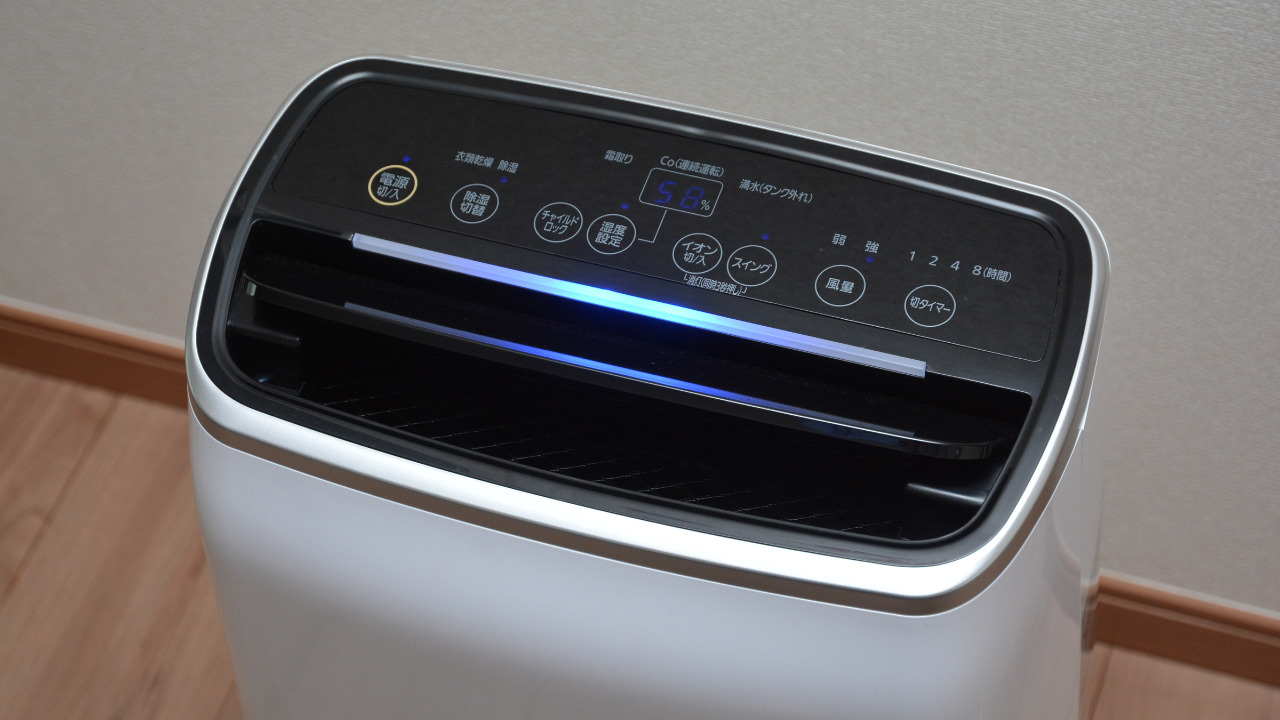Humidity levels impact significantly the indoors especially, on overall indoor air quality and health. High humidity levels can promote mold and mildew growth, worsen allergies, asthma, and respiratory problems, and cause condensation and water damage. Therefore, using a dehumidifier for controlling humidity is one of the most effective solutions.
A dehumidifier is a device that helps maintain optimal indoor humidity levels by removing excess moisture from the air. In this article, we will discuss the benefits of using a dehumidifier for controlling humidity levels.
Table of Contents
5 Benefits of Using a Dehumidifier for Controlling Humidity
Health Benefits of Using a Dehumidifier
Excess moisture in the air can promote the growth of mold and mildew, which can lead to health problems such as allergies, asthma, and respiratory problems.
A dehumidifier can help reduce the risk of mold and mildew growth by removing excess moisture from the air. Additionally, a dehumidifier can improve overall indoor air quality and promote better health by reducing the amount of allergens in the air.
In addition to preventing mold and mildew growth, using a dehumidifier can also alleviate symptoms of respiratory problems.
High humidity levels can make it difficult to breathe, particularly for individuals with asthma or other respiratory problems. By removing excess moisture from the air, a dehumidifier can help alleviate these symptoms and promote better respiratory health.
Energy Efficiency and Cost Savings
Using a dehumidifier can help improve air conditioning efficiency and reduce energy costs. High humidity levels can cause the air conditioning system, such as a PTAC Unit, to work harder to maintain a comfortable temperature, leading to increased energy costs.
By removing excess moisture from the air, a dehumidifier can help the air conditioning system work more efficiently, reducing energy costs.
In addition to reducing energy costs, using a dehumidifier can also help prevent damage to the home and its contents. High humidity levels can cause water damage to floors, walls, and ceilings, as well as damage to furniture and other belongings.
By removing excess moisture from the air, a dehumidifier can help prevent this type of damage, reducing repair and replacement costs.
Condensation Control
High humidity levels can lead to condensation on windows and other surfaces, which can cause water damage and promote the growth of mold and mildew.
A dehumidifier can help control condensation and prevent water damage by removing excess moisture from the air. Using a portable dehumidifier in areas prone to high humidity levels, such as basements or bathrooms, can be particularly beneficial for preventing condensation and water damage.
Seasonal Considerations
Humidity levels can vary by season, with higher humidity levels typically occurring in the summer. A dehumidifier can help maintain optimal humidity levels in both summer and winter, promoting better indoor air quality and comfort. Using a dehumidifier year-round can also help prevent the growth of mold and mildew and protect against water damage.
Low Maintenance
It’s essential to maintain optimal indoor humidity levels for the well-being and comfort of occupants. High humidity levels can promote mold and mildew growth, worsen allergies, asthma, and respiratory problems, and cause condensation and water damage.
By using a dehumidifier, you can help create a healthier, more comfortable indoor environment for you and your family or employees.
Regular maintenance of the dehumidifier is also essential to ensure its efficiency and longevity. Cleaning or replacing the filter, emptying the water tank, and checking for leaks are some of the necessary steps to maintain the dehumidifier’s performance.
Types of Dehumidifiers
There are different types of dehumidifiers available, including portable and built-in models. Portable dehumidifiers can be moved from room to room as needed and are typically less expensive than built-in models.
Built-in dehumidifiers are installed directly into the HVAC system and can be more expensive but offer increased energy efficiency and ease of use. When selecting a dehumidifier, it’s important to consider the room size and humidity levels to determine the appropriate size and type of unit.
In addition to portable and built-in dehumidifiers, there are also desiccant dehumidifiers, which use a drying agent to remove moisture from the air. Desiccant dehumidifiers can be particularly useful in low-temperature environments, such as garages or basements, where other types of dehumidifiers may not be effective.
Conclusion
In conclusion, investing in a dehumidifier is a wise choice for controlling humidity levels in indoor environments. The benefits of using a dehumidifier range from improved indoor air quality and health to energy efficiency and cost savings.
Additionally, using a dehumidifier can help prevent water damage, condensation, and mold growth, promoting a healthier and more comfortable indoor environment.





